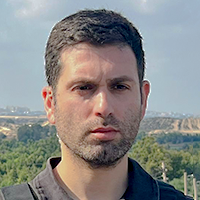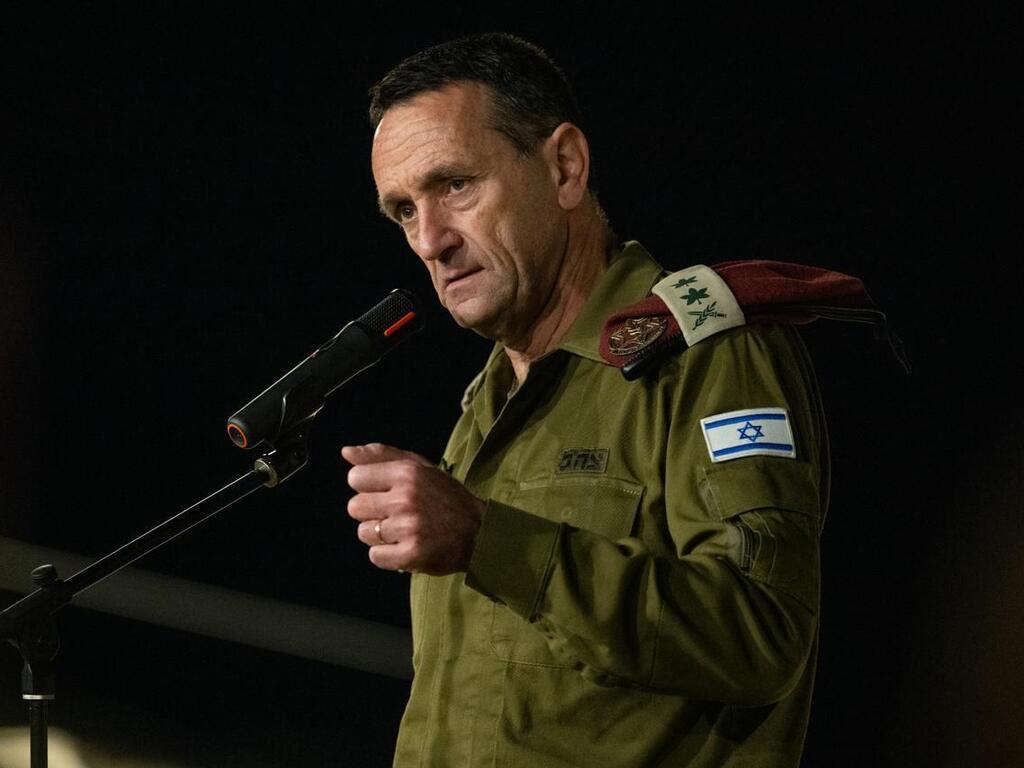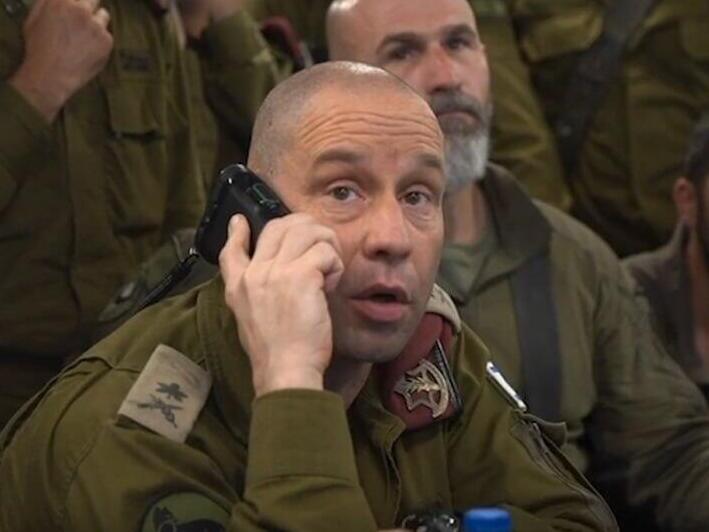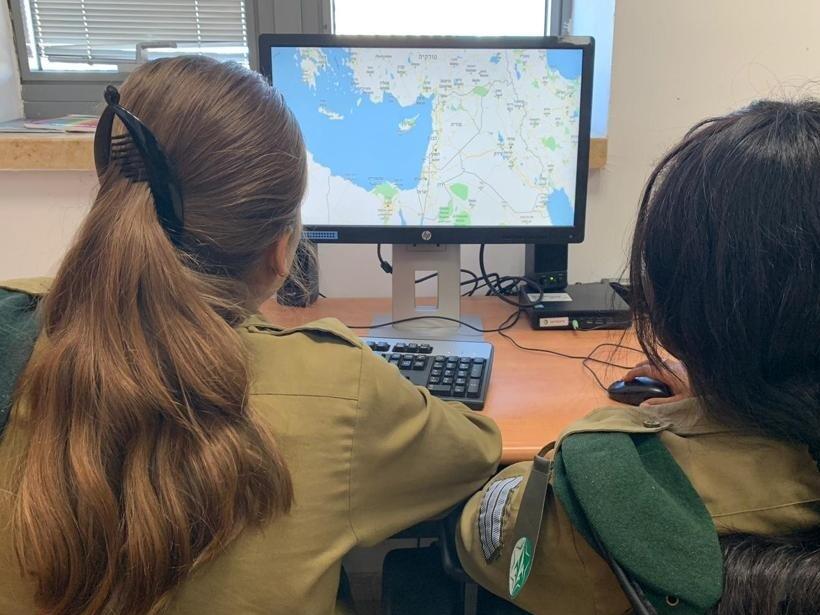To understand the intelligence failure that led to the October 7 disaster, it is enough to examine the evening and night before the Hamas attack. According to IDF investigators, that period encapsulated the entire flawed intelligence assessment.
No fewer than five warning signs were received by Military Intelligence (Aman) and the Southern Command in those hours, including dozens of SIM cards from mobile phones that were activated in Gaza, suspicious movements in Hamas’ rocket deployment, and other unclear indicators. Despite this, intelligence officials found plausible explanations for each warning, primarily arguing that similar incidents had occurred in the weeks, months and years preceding the war.
These findings were outlined in an IDF investigation into the night before the massacre, published Thursday as part of the military’s core inquiries. Meanwhile, the establishment of a state commission of inquiry remains nowhere in sight. Despite the grave failures and numerous mistakes uncovered, no personal conclusions have been drawn, and Chief of Staff Lt. Gen. Herzi Halevi has left disciplinary measures and command decisions to his successor, Maj. Gen. Eyal Zamir.
Get the Ynetnews app on your smartphone: Google Play: https://bit.ly/4eJ37pE | Apple App Store: https://bit.ly/3ZL7iNv
According to the investigation, signs of Hamas activity were attributed to the organization's general concerns and an assessment that stemmed from an Israeli cabinet meeting the previous week. Leaked details from that meeting suggested that Israel was considering assassinating senior Hamas figures in Gaza in response to terror plots emanating from the Strip targeting the West Bank, particularly in the area of Huwara.
Systemic intelligence failures
Southern Command planned to respond to these signs the following day by increasing aerial surveillance. However, the accumulation of warning signs did not even lead to the lowest level of intelligence alert. As a result, after a joint nighttime assessment, Southern Command Chief Maj. Gen. Yaron Finkelman and Chief of Staff Halevi decided not to raise the alert or readiness levels of the 671 soldiers stationed with the Gaza Division for the Simchat Torah holiday. On October 7, 157 of them were killed in battle.
Throughout the summer of 2023, Hamas organized violent riots along the Gaza border on Fridays. However, on Friday, October 6, the border was unusually quiet, which only reinforced a sense of complacency. Some commanders even brought their children to spend the holiday with them on base. When a heightened alert was eventually issued, senior combat commanders at the brigade level were recalled, but battalion commanders on weekend leave were allowed to remain on break.
"The border was so quiet that I had nothing to write in my daily report," a duty intelligence officer told investigators. Other commanders also testified that they took advantage of the rare calm to leave the area for the first time after many tense weekends along the border.
The investigation found that the primary intelligence failures that night stemmed from the lack of a structured intelligence assessment. Instead, officials relied on entrenched assumptions to explain away the warning signs, preventing any alert about potential terrorist activity. Additionally, excessive emphasis was placed on protecting intelligence sources at the expense of increasing troop readiness.
The abundance of information also blurred the lines of responsibility between intelligence-gathering units and analysis teams, affecting the operational-intelligence discourse. The report further revealed that a culture of remote work, using encrypted communication systems, led intelligence centers to act more as intermediaries than as proactive analysts.
Unit 8200’s deafening failure
One of the most critical failures that night was the reluctance to expose intelligence-gathering methods, such as surveillance techniques. As in many previous cases, this led to a decision not to inform soldiers and commanders of warning signs — though they did not reach the threshold of an official attack alert — so that Hamas, which monitors Israeli movements, would not realize its covert activities had been detected.
However, according to the IDF’s probe, there were also numerous "reassuring" signs that night. Some of the warning signals were perceived as "fragments of understanding," meaning not all relevant personnel were exposed to them. Senior officials in Military Intelligence, Southern Command, and even Air Force officers — who were asked to prepare two surveillance drones and raise the alert level of air defense units — only received partial information.
The nighttime assessments were primarily conducted by three General Staff members: Chief of Staff Halevi, Southern Command Chief Finkelman, and Operations Directorate Head Maj. Gen. Oded Basiuk. Air Force Commander Maj. Gen. Tomer Bar was not briefed at all. Military Intelligence Chief Maj. Gen. Aharon Haliva was informed but did not participate in the nighttime situation assessment.
The events of those hours expose a fundamental failure in Unit 8200’s intelligence-gathering efforts. For years, the unit primarily focused on tracking senior Hamas leaders. As a deliberate policy, there was no active surveillance of lower-ranking commanders or operatives, let alone the hundreds of communication devices that were activated that night and throughout October 7.
"There was no geolocation data from Military Intelligence — not even on October 7 — despite thousands of terrorists’ phones and radios operating for hours inside Israel," the investigation stated. "We were deaf and blind on both sides of October 7, even on Friday afternoon, when Hamas began preparing for the invasion — from dozens of operatives initially briefed on the plan, to hundreds by Friday evening, and to thousands of Gazans overnight. One captured terrorist even said during interrogation that he had time to say goodbye to his family over the phone and call his commander in Gaza to report that he was returning because he had forgotten his RPG."
The investigation concluded: "Enhanced preparedness could have been achieved without compromising intelligence sources. There was no negligence that night, but there was a rigid mindset — no one understood or declared it a time-sensitive event requiring immediate action. If a single authority had had the full picture that night, it is likely an alert would have been issued. That night, the IDF had a rare opportunity to correct years of flawed assumptions — and perhaps at least disrupt the invasion."






